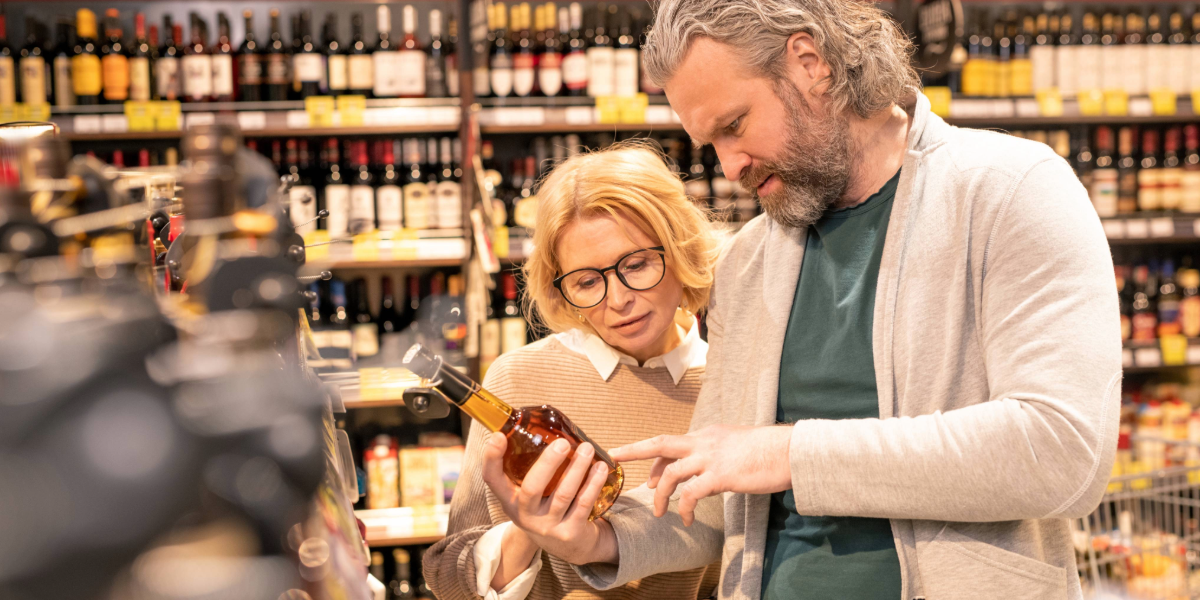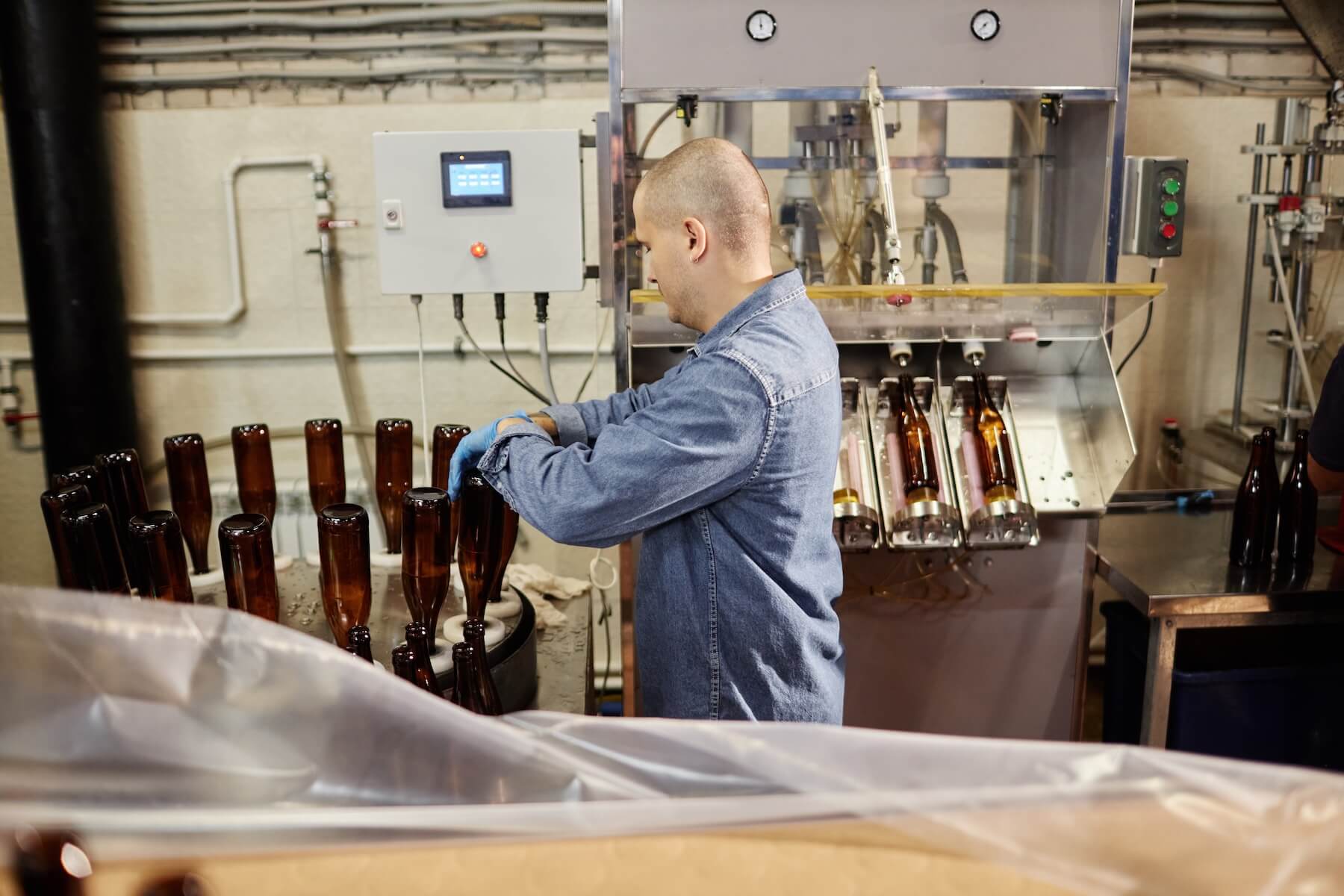Distilleries often excel at concocting exceptional blends, but to truly flourish they must also master the art of connecting with their customers. Creating that personalized connection with your customers is paramount to business growth. When customers feel a deep resonance with a product, they pay premium prices and become brand advocates, spreading the word to others.
Enter buyer personas, a cornerstone of effective marketing strategies that offer invaluable insights into your customers’ hearts and minds. While no product is designed for an individual, the most successful ones evoke that feeling by catering to a specific buyer persona.
What is a Distillery Buyer Persona?
A distillery buyer persona, or customer persona, is a semi-fictional representation of your ideal customer based on market research and real data about your existing customers. It encompasses a range of traits—behaviors, pain points, goals, demographics and more—that collectively define a hypothetical customer. The more detailed you are, the better. Distilleries use this archetype to represent their customer base accurately, guiding strategic decisions.
Why are Buyer Personas Beneficial?
Just as the right blend of botanicals creates a memorable gin, the right blend of insights creates a memorable connection with your customers. Understanding your buyer personas is different from knowing your target markets. While target markets encompass broad demographic segments, buyer personas delve deeper into individual preferences and motivations. For instance, while a distillery may identify its target market as “urban men aged 30 to 40,” a buyer persona like “Carl” paints a richer, more vivid picture.
Consider two distilleries: Distillery A, which uses buyer personas in its marketing, and Distillery B, which does not.
Distillery A: Using Buyer Personas
Distillery A has created a detailed buyer persona named “Craft Connoisseur Carl.” Carl is a 35-year-old professional who enjoys trying new craft spirits and values locally sourced ingredients. He often buys spirits to enjoy at home and occasionally splurges on high-end bottles.
Using this persona, Distillery A tailors its marketing efforts to appeal to Carl. Its messaging highlights its use of local ingredients and craft methods. It also runs promotions during the times Carl is most likely to buy. Its email marketing includes content about the craft distilling process, which Carl finds interesting. As a result, Distillery A’s marketing efforts are effective, encouraging increased sales and customer engagement.
Distillery B: Not Using Buyer Personas
Distillery B, on the other hand, does not use buyer personas. It has a general idea that its customers like spirits but doesn’t know much more. Its marketing messages are generic, focusing on the quality of its spirits but not on any specific selling points that might appeal to a particular segment of customers.
As a result, its marketing efforts may not resonate as strongly with current and prospective customers. It might be missing opportunities to connect with buyers on a deeper level, and its sales and customer engagement may not be as high as they could be.
The Power of Buyer Personas for Distilleries
Developing buyer personas empowers distilleries to communicate clearly and with focus. You foster a shared understanding of your audience by distilling customer insights into a singular persona. This shift in perspective enables nuanced marketing strategies tailored to individual preferences, ensuring more effective marketing spend.
Buyer personas become part of a distillery’s internal lexicon, shaping department conversations and decisions. For example, instead of pondering, “How do we attract more whiskey enthusiasts?” distilleries equipped with buyer personas ask, “How do we engage customers like Carl?”
How to Create a Buyer Persona
Crafting your distillery buyer personas requires a deep dive into your distillery customer data. Here are some practical steps to guide you through the process.
- Data mining from ERP solutions: Leverage the power of your ERP solution, particularly CRM and sales data, to unearth valuable insights. Explore transaction histories, customer demographics and engagement patterns to identify commonalities among your most loyal customers. Additionally, integrate e-commerce data to better understand customer behavior across online platforms.
- Demographic analysis: Segment your distillery target audience based on demographic factors such as age, gender, location and income level. Are your customers predominantly millennials seeking artisanal experiences? Or do baby boomers gravitate toward traditional blends? Analyze website analytics, social media demographics and competitor profiles to enrich your understanding of customer interests and behaviors. Understanding these nuances enables you to tailor your marketing messages effectively.
- Mapping buying cycles: Chart your customers’ journeys from initial awareness to purchase and beyond. Identify touchpoints where consumers interact with your brand and analyze their decision-making process. Do they research extensively before buying? Or are they impulsive buyers swayed by limited-edition releases?
- Preferences and trends: Dive into consumer preferences to uncover emerging trends and tastes. Analyze which spirits resonate most with your audience—are they drawn to bold whiskey expressions, artisanal gin botanicals or experimental liqueur infusions? You can captivate discerning palates by aligning your product offerings with market demand.
- Emotional drivers, pain points and brand affinities: Beyond tangible attributes, delve into the emotional drivers that influence consumer choices. What values does your brand embody? How do your spirits resonate with your audience? Understanding these deeper connections fosters brand loyalty and advocacy, whether it’s a commitment to sustainability, a passion for craftsmanship or a sense of adventure.
- Analyze your competition: Understanding your competition can provide insights into market trends, identify gaps and help differentiate your products and marketing. It also sets realistic expectations for what your target audience might be looking for, ensuring your personas are accurate and actionable.
- Summarize findings into persona profiles: Give each persona a name, demographic details, key motivations, frustrations, preferred research channels and notable alternatives.
- Validate and refine: Validate personas by comparing them against real customers. Ensure alignment between your personas and the individuals your distillery aims to serve. Remember, these profiles are as living as your actual customers. They will continue to develop and change as you gain more insight, so review them frequently.
What Does a Distillery Buyer Persona Look Like?
Now that you have all this information, how do you organize it so it’s easy for everyone on your team to understand and implement in their roles, whether in sales, marketing, customer service or production?
View examples below on how to succinctly tailor a hypothetical profile




Looking at these hypothetical profiles, you can instantly see that each requires a different approach regarding messaging, imagery, experiences and platform. For more effective marketing tactics, define your top three or four buyer profiles to ensure campaigns resonate with current and potential customers.
Pro Tip: Put a face to your profile by adding a headshot from a stock photo resource or generate a custom photo with AI tools. Including a photograph as part of your profile will serve as a reminder to your internal teams that your distillery buyer personas represent actual, living customers.
Enhance Distillery Marketing with Buyer Personas
Every distillery has a unique, personal story. Crafting buyer personas resembles a distiller’s art of blending spirits, adding depth and dimension to the narrative. It’s a meticulous process that, when done correctly, can transform the essence of a brand into a living entity in the minds of consumers.
For the distillery that embraces this philosophy, the future is as golden as the hues of the finest whiskey, reflecting the intensity and complexity of the bonds forged with every ‘Carl’ that walks through its doors.
Map your own customer journey with enriched sales data in distillery ERP software. Crafted ERP provides visibility into your distillery’s sales and marketing performance with customizable dashboards and easy-to-configure reports. Reach out to our team of distillery experts to learn how you can use Crafted to understand your customers.






